These popular topics are heating up. Explore today's most viewed pages.
Stinging insects are quite intriguing because they interact with humans in a way that often produces fear within us. The stigmas associated with bees and wasps produce negative connotations with these insects that actually do so much to help us humans. We have bees and wasps to thank for pollinating our food crops and serving as predators of pests found in our fields.
By developing a better understanding of these creatures, we can leave behind some of our preconceived notions about bees and wasps. One of the most notable distinctions between bees and wasps is the presence of hair-like structures called setae. Most bees have setae covering their body, while wasps usually lack this. Bees are also lifelong vegetarians, while wasps have a more varied diet and predate on other insects.
Bumblebees, known for their fuzzy features, have unique qualities when it comes to their interactions with flowers. They can chew into the bottom of the flower to reach the source of nectar, rather than through the top. Their buzz also works to shake pollen off the flowers at an efficient rate due to the frequency they vibrate.
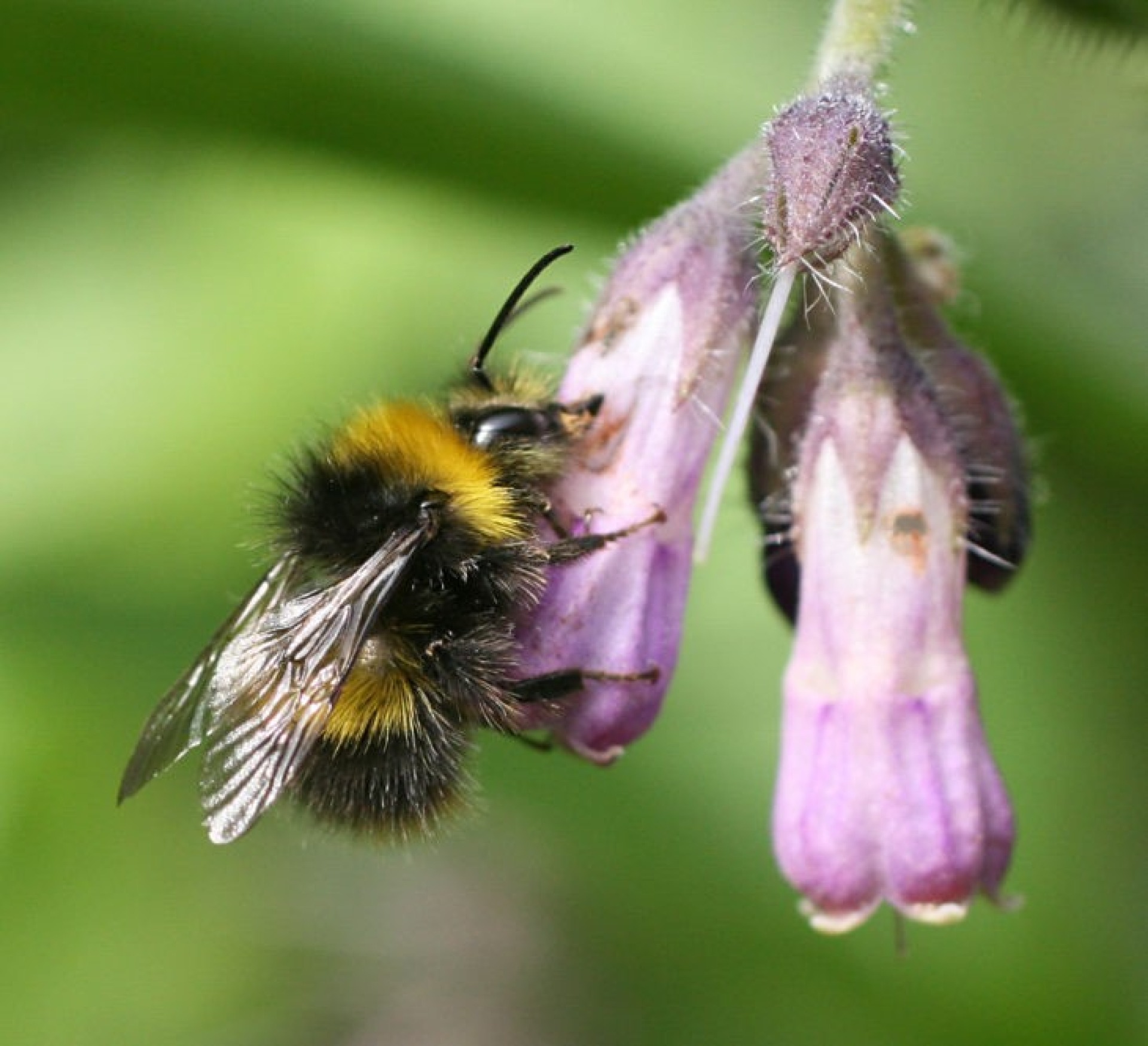
Honey bees were introduced to North America when the first settlers colonized from Europe. While these are the most well-known bees, they actually don’t represent most species. Less than 5% of species produce honey, and less than 10% of species live in hives. Honey bee stingers contain small slits that often keep their stingers stuck inside their victim, even after they fly away. Only female insects can inflict painful stings. The decision to sting often causes the death of the female bee.
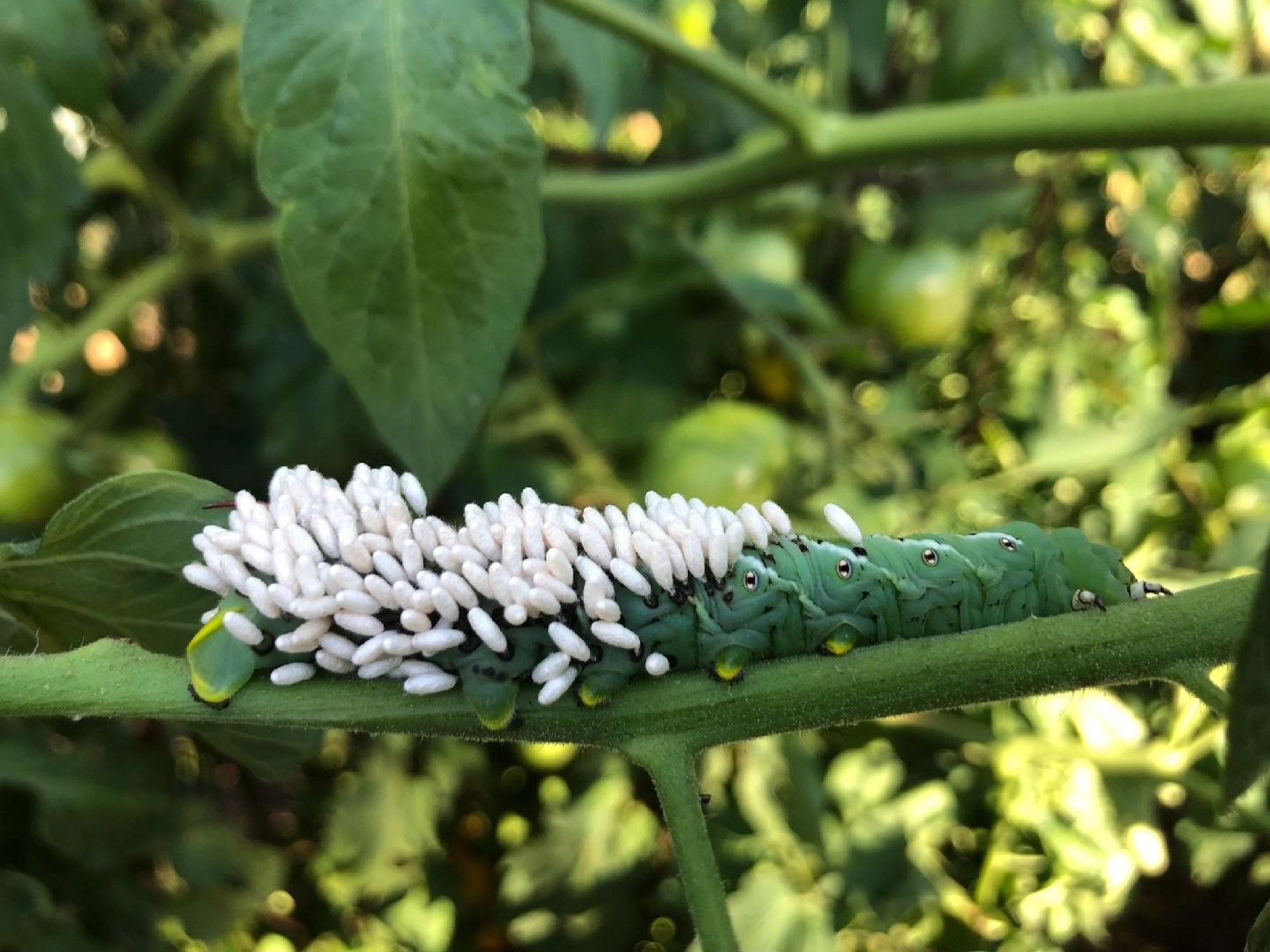
There are many varieties of wasps that can be found across the country. Some nest in the ground while others build hanging nests. Some are social, and others are solitary. Some wasps are parasitic and lay their eggs on unsuspecting caterpillars, such as Braconid wasps. One specialist wasp targets Emerald Ash Borer larvae by laying eggs in them; as a non-native species, it was introduced a couple years ago to combat the Emerald Ash Borer. Unlike honey bees, wasps that do sting retain their stinger and can sting multiple times. They usually sting when someone is too close to their nest or when they are agitated.
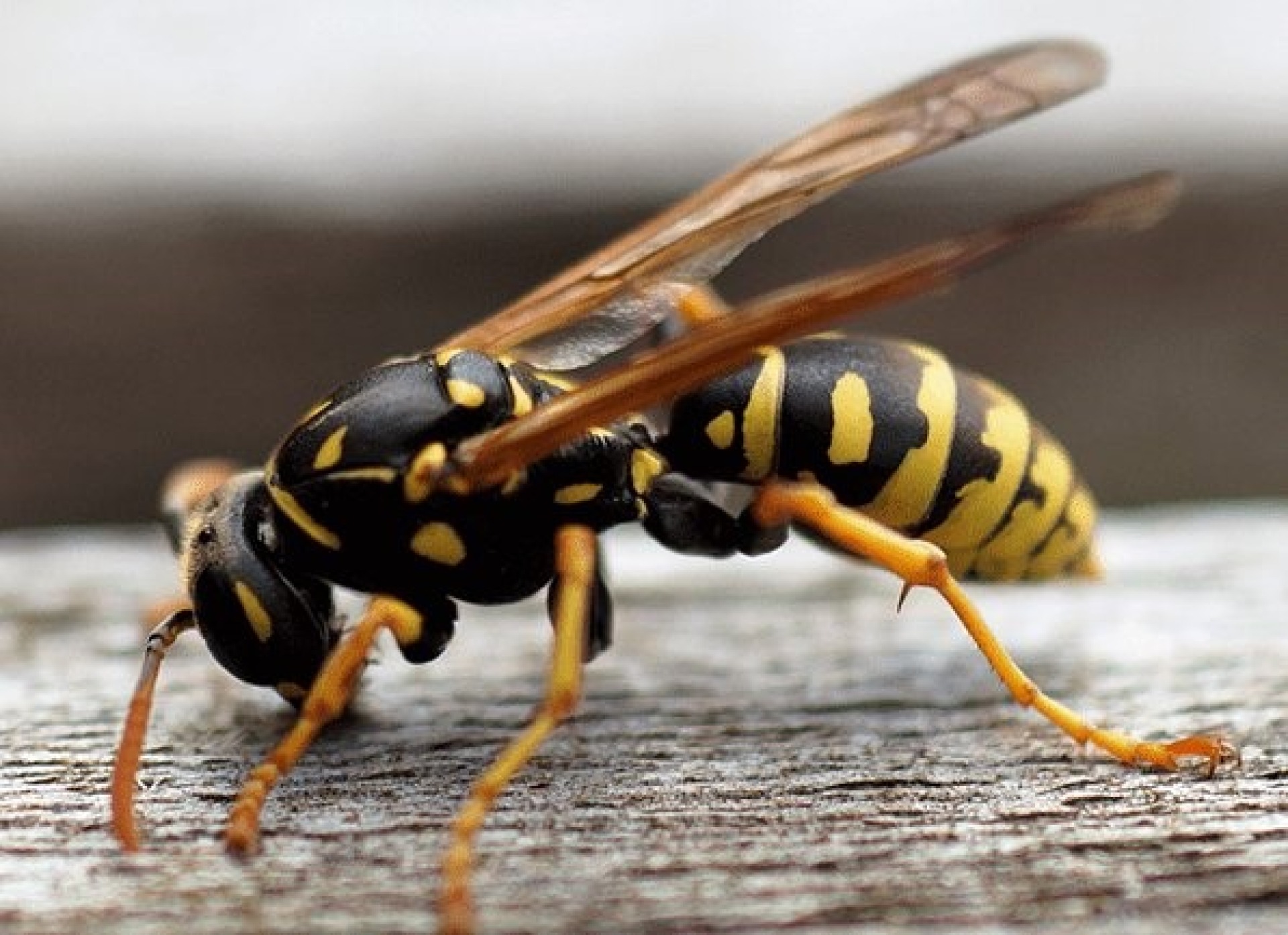
Yellowjackets are a type of wasp—black and yellow in color—that nests mostly underground. They are attracted to human food at outings like cookouts, so it is helpful to be aware of their presence to avoid bothering one. Hornets are another type of wasp that is larger than typical wasps. True hornets are mostly found in the northern part of the country, and they live in nesting cavities like hollowed-out trees. Due to their size, their stings can be more painful.
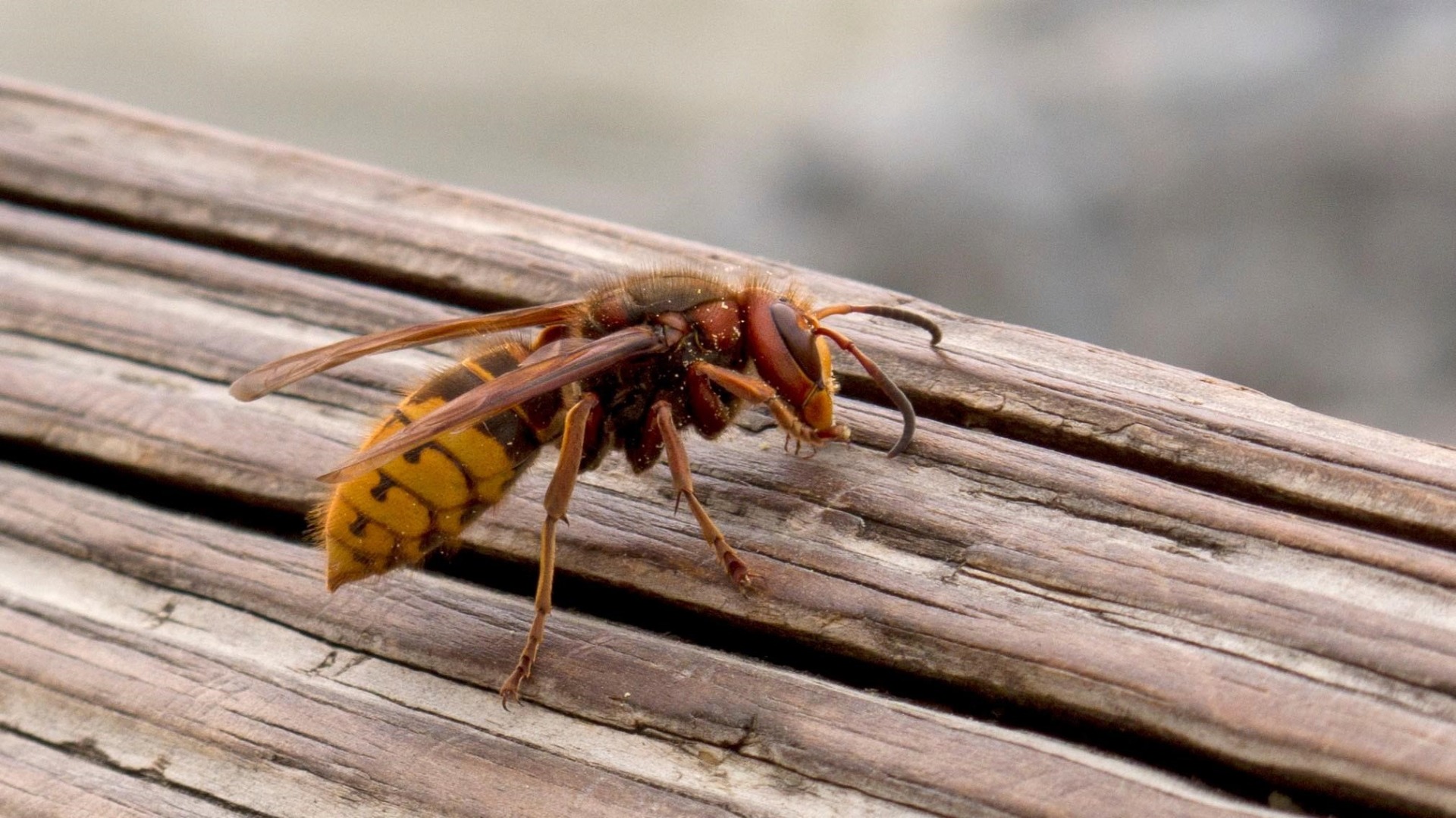
Common wasps one may find in our area are paper wasps, also known as umbrella wasps for their nest shape. They build their homes under the eaves of houses and other buildings. There are twenty species of paper wasps found throughout North America. However, native species are increasingly being pushed out by invasive species like Polistes dominula, which has grown to dominate the urban environment due to its propensity for man-made structures. Paper wasps feed on caterpillars, and researchers have theorized that Polistes dominula could “diminish the urban sector’s contributions to monarch habitat restoration,” as conservation efforts have pushed people to plant gardens of milkweed.
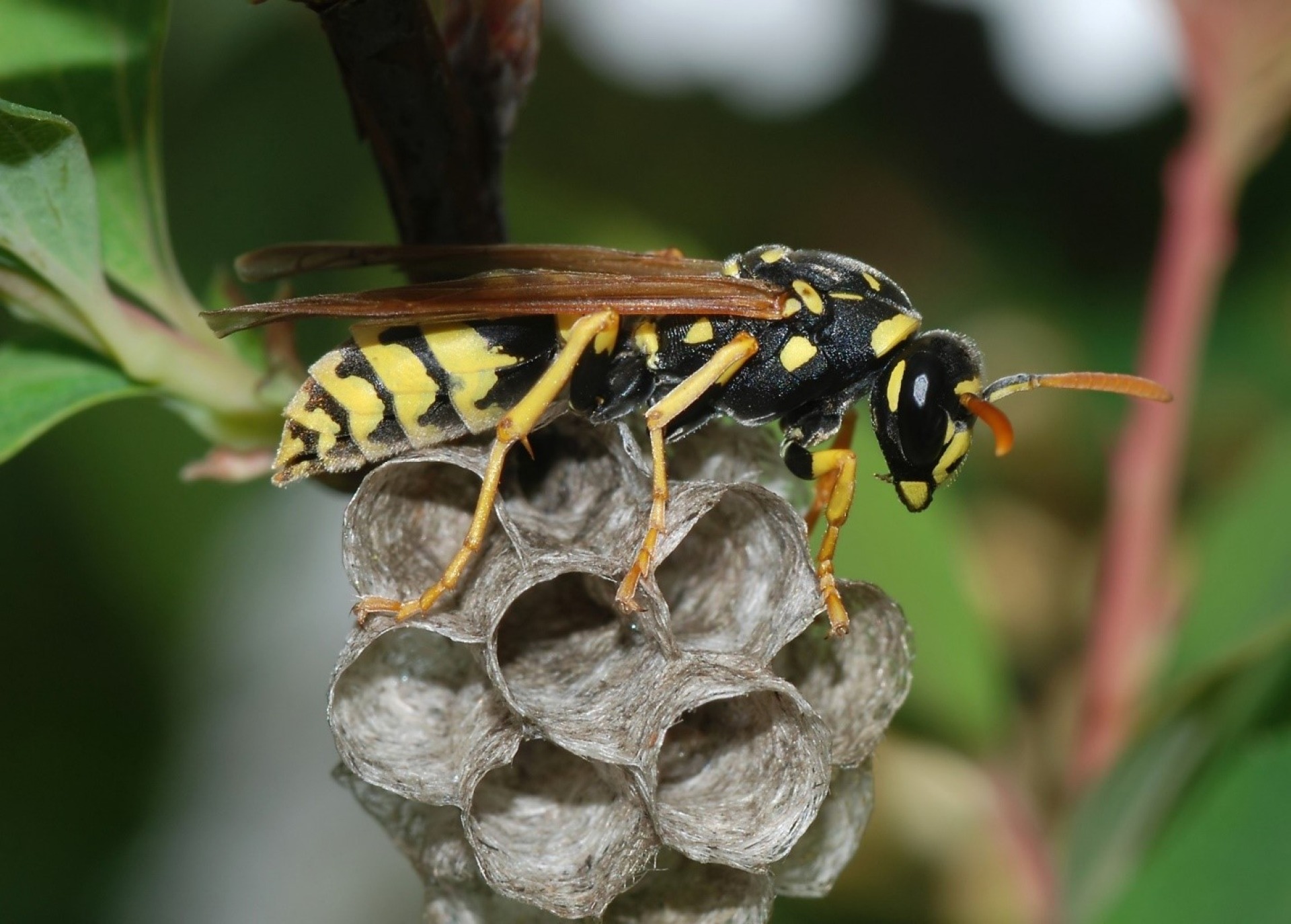
Bees, wasps, yellowjackets, and hornets all play a vital role in our ecosystem. While their stingers have a tendency to detract from their likeability, it’s important to remember that they provide us with honey, ensure we have a plentiful food supply, and can manage other insect populations with their predacious tendencies.